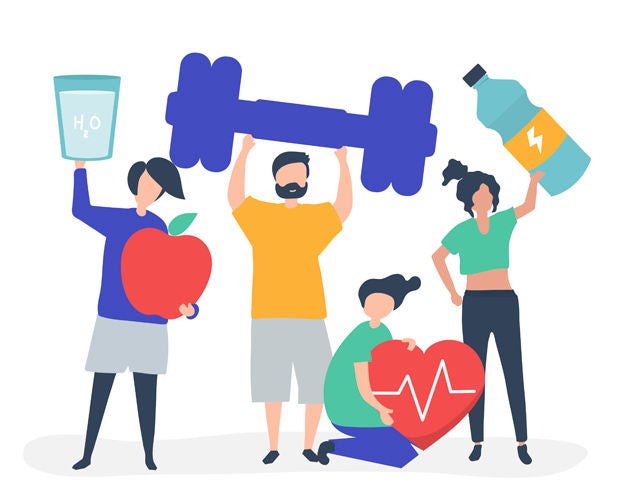
Credit: rawpixel.com
When
I heard about Healthier SG, I thought the new strategy meant major changes for
us. After attending Grapevine in late July on Healthier SG, I realised I was
wrong about a few things…
If you have not heard of Healthier SG by now then you probably have your head buried in the sand somewhere. Because MOH's latest public health campaign is all over the place.
From all the ads I have seen, I understood Healthier SG as a slew of initiatives to get Singaporeans to eat well, exercise regularly, practise worklife balance, and go for regular screenings and vaccinations – all in the name of preventing us from coming down with diseases so that we will age well into our golden years.
Workwise, for SGH, I thought the new strategy meant major changes for us. After attending Grapevine in late July on Healthier SG, I realised I was wrong about a few things:
Myth: SGH can now only serve patients who live in the East.
I thought we can now only serve patients who live in the East, the region assigned to SingHealth.
I learnt that even though SGH, as part of SingHealth, will look after people who stay in the eastern region assigned to us, we will continue to serve patients who come from all over Singapore – if they choose to seek treatment at SGH. This is because people can choose their care provider regardless of where they stay.
Myth: SGH will have to focus on primary care and see less tertiary and quaternary cases. We will also have to do more community work.
Now I understand that we will remain focused on treating complex conditions, which is our existing tertiary and quaternary role in serving the entire nation. We do have to work even closer than ever with our GP partners, to share care of our patients, as every resident will be encouraged to enrol with just one primary care doctor.
Also, we are not deploying existing staff out of hospital to work in the community. Rather Healthier SG is about working better with our primary care and community partners, such as HPB and Sports SG to amplify our efforts in population health.
To improve access to our care, the PHICO team and Patient Liaison Services have been active in working with GPs to make it easier and faster to facilitate referral of patients to the hospital.
Myth: If SGH doesn't do Healthier SG actively, then MOH would reduce our funding.
I was happy to learn that MOH has committed that no institution will be worse off financially, even though the funding model will change to encourage the healthcare clusters to pivot to Healthier SG. However, I noted that if SGH sees patients from outside our assigned East population, MOH funding for these patients will flow to us. That's why it's important to keep our market share.
So we must keep on providing value-for-money, good quality healthcare to our patients, in order to continue to attract patients to deem SGH as their hospital of choice. We can be more efficient, by reducing non-value adding tests and processes which help to keep patient bills low.
We must also look into right-siting stable cases to primary care providers who will continue to care for these patients in the community. This will free us to have capacity for new patients who need complex care.
That's it! I hope I helped you better understand Healthier SG. I admit I still do not know much about Healthier SG so I was relieved to hear that there would be more engagement sessions with divisions within the upcoming months. Looking forward to that!













 Get it on Google Play
Get it on Google Play